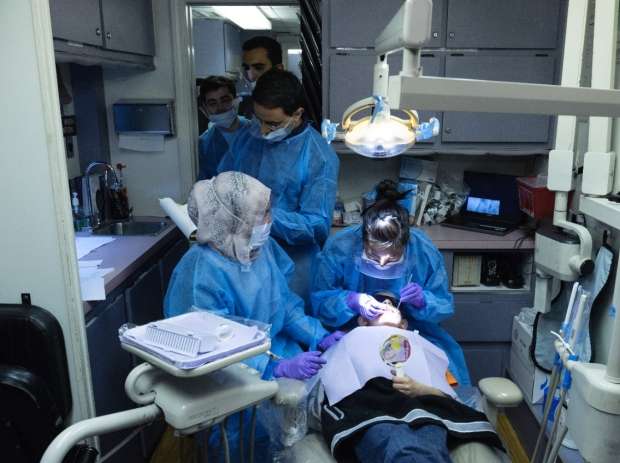Disparities between asian immigrants and sufficient access and utilization of dental service

Oral health is an integral part of general health, and adequate dental care is important for individuals to help maintain good oral health. However, there are far too many people who do not have sufficient access or utilization of dental care services. Disparities are attributed to challenges racial and ethnic minorities face in comparison with non-Hispanic whites.
However, of these racial and ethnic minorities, there is very little research on Asian immigrants and the different subgroups that fall into that category. With the Asian population being the second-fastest growing group in the U.S., there is a call for more comprehensive research on what inhibits their dental care.
To answer this call, Bei Wu, PhD, of the New York University Rory Meyers College of Nursing (NYU Meyers) and her colleague, Huabin Luo, PhD, assistant professor, Department of Public Health, East Carolina University, conducted a study, "Acculturation and Dental Service Use Among Asian Immigrants in the U.S.", using data from the National Health Interview Surveys to assess dental service utilization across different Asian immigrant groups and examine the relationship between acculturation and dental service utilization among Asian immigrants in the U.S. The study appeared in the American Journal of Preventive Medicine.
"Untreated oral health problems can cause pain, difficulty eating, and speech problems, affecting self-esteem and quality of life. It is imperative to examine dental care use within Asian groups," said Dr. Wu.
Dr. Wu and her research team, studied both predisposing and enabling characteristics affecting dental service utilization like, age, sex, marital status, and education level combined with family income level and dental insurance coverage, and used these characteristics and whether these adults had a dental visit in the previous twelve months as the basis of their data.
The results of the study indicated that the acculturation variable - length of stay in the US - had the strongest association with having a dental visit in the previous twelve months among Asian immigrants. This finding remained significant even after controlling for family income level and dental care insurance status, further suggesting its important impact.
"We hypothesize that this could be because longer stays in the U.S. allow for immigrants to gain improved familiarity with health care system, increases health literacy, and social support networks," said Dr. Luo.
Researchers note that the second acculturation variable, English language proficiency, was significantly related to dental visits. However, it became insignificant after controlling for family income and dental insurance. While language barriers are often thought of as one of the most important factors, this highlights the larger impact of length of stay over English language proficiency, and has important implications.
Overall, this study found that Asian immigrants, with exception of Filipinos, had significantly lower use of dental services. Despite cultural differences and different attitudes towards dental care within Asian subgroups, enabling factors like affordability, familiarity with health-care system, and oral health status had important effects on dental services utilization. The most prominent factor affecting utilization proved to be dental insurance coverage.
This study suggests that health-care professionals need to pay more attention to providing oral health education among newer immigrants, and that interpretation services could be necessary There is an apparent need for more dental care promotion among these groups, especially in the beginning stages of their arrival.
Drs. Wu and Luo note a few limitations of this study, including self-report bias, examination of only Chinese, Filipino, and American Indian Asian groups, and no distinction between reported dental visits for treatment of a problem versus preventative care.
"Length of stay in the U.S. is a significant factor affecting dental service utilization among Asian immigrants. Variation in dental service utilization exists across adult Asian immigrant groups. As Asian immigrant populations continue to grow in the U.S., it is important to increase oral health awareness, promote dental care, and provide affordable dental coverage for them, especially new immigrants," said Dr. Wu.
There is an important need for more research to gain a comprehensive understanding of these disparities, and allow for further education among health-care professionals on how to best combat this problem. Improving oral health is imperative, and a big step to improving overall health.


















